We’ve all been there—poking and prodding with a toothpick that breaks, dealing with the discomfort of waxy floss that slips or frays, and brushing diligently, only to find that trapped food particles and stubborn plaque remain.
Imagine a solution that addresses these frustrations and transforms your oral hygiene routine into an effective and enjoyable experience. Enter the world of water flossing, a breakthrough in dental care technology designed to reach where traditional methods fall short.
The debate between using a water flosser and traditional string floss regarding maintaining oral health is ongoing. The primary difference lies in their mechanisms and effectiveness in certain situations. A water flosser uses a high-pressure stream of pulsating water to remove food particles, plaque, and bacteria from between teeth and along the gum line. This method is particularly beneficial for cleaning tight spaces around dental work like braces or dental implants and at the back of the mouth, where manual flossing can be challenging.
On the other hand, traditional flossing involves using a thin piece of string floss to physically scrape plaque and food from between the teeth and gums. While effective for removing plaque, it can be less efficient in cleaning around orthodontic treatments or in hard-to-reach areas of the mouth. For those with sensitive gums or gum recession, string floss might cause discomfort or bleeding. While switching from standard dental floss to an electric toothbrush might be a slight learning curve, most people find water flossing a more pleasant experience. The sensation of water flossing is less abrasive than traditional floss, reducing the likelihood of bleeding gums while still effectively cleaning between teeth and gums.
1. Effective Plaque Removal
One of the main benefits of using a water flosser is its ability to remove plaque effectively. Unlike traditional floss, which can be challenging to maneuver, a water flosser uses a stream of water to dislodge food particles and plaque from between teeth. This results in a more comprehensive clean, reducing the risk of plaque buildup and subsequent dental problems.
2. Gentle on Gums
Traditional flossing can sometimes be harsh on the gums, causing irritation and even bleeding. A water flosser, on the other hand, is gentle yet effective. The pulsating water stream massages the gums, promoting better blood circulation and overall gum health. This gentle approach is particularly beneficial for individuals with sensitive gums or those undergoing orthodontic treatment.
3. Convenience and Ease of Use
Another advantage of water flossers is their convenience. They are easy to use, making them a great option for individuals of all ages. The device typically comes with various pressure settings, allowing users to customize their cleaning experience. Moreover, water flossers can be more efficient than traditional flossing, as they cover a larger surface area in less time.
The effectiveness of water flossers in plaque removal is a crucial aspect of their appeal. Water flossing targets plaque, the primary culprit behind tooth decay and gum disease.
By delivering a steady stream of water into the spaces between teeth and below the gum line, water flossers can dislodge and remove plaque and food particles that manual brushing or standard dental floss might miss.
Many dental hygienists recommend water flossers as a supplemental tool for plaque removal, especially for patients who struggle with traditional flossing methods. Regular use of a water flosser can lead to a noticeable reduction in plaque buildup, contributing to healthier teeth and gums.
Water flossing can significantly prevent gum disease by effectively removing plaque and reducing the likelihood of tartar formation. The pulsating action of water flossers helps clean below the gum line, an area where gum disease often starts. Additionally, for those with existing gum problems, water flossing can be a gentler and more comfortable option as it is less likely to cause bleeding than traditional floss. Dentists often recommend water flossing to patients with early signs of gum disease, as it can help control the progression and maintain overall gum health. By incorporating water flossing into a daily oral care routine, alongside brushing and regular dental check-ups, you can significantly reduce your risk of gum disease and maintain a healthy oral cavity.
To maximize the benefits of a water flosser, it is important to use it correctly. Start by filling the reservoir with lukewarm water and selecting your desired pressure setting. Lean over the sink to avoid splashing, and place the tip in your mouth. Aim the stream of water at the gumline and move it along each tooth, ensuring you cover all areas. Using a water flosser once a day, preferably before bedtime, can help maintain optimal oral hygiene.
Using a water flosser is an excellent way to enhance your oral hygiene routine. Its ability to remove plaque effectively, gentle action on gums, and overall convenience make it a valuable tool for maintaining dental health. By incorporating a water flosser into your daily regimen, you can achieve a cleaner, healthier mouth and enjoy the long-term benefits of excellent oral hygiene.
How to Handle Temperature Spikes and Handle Slippage?
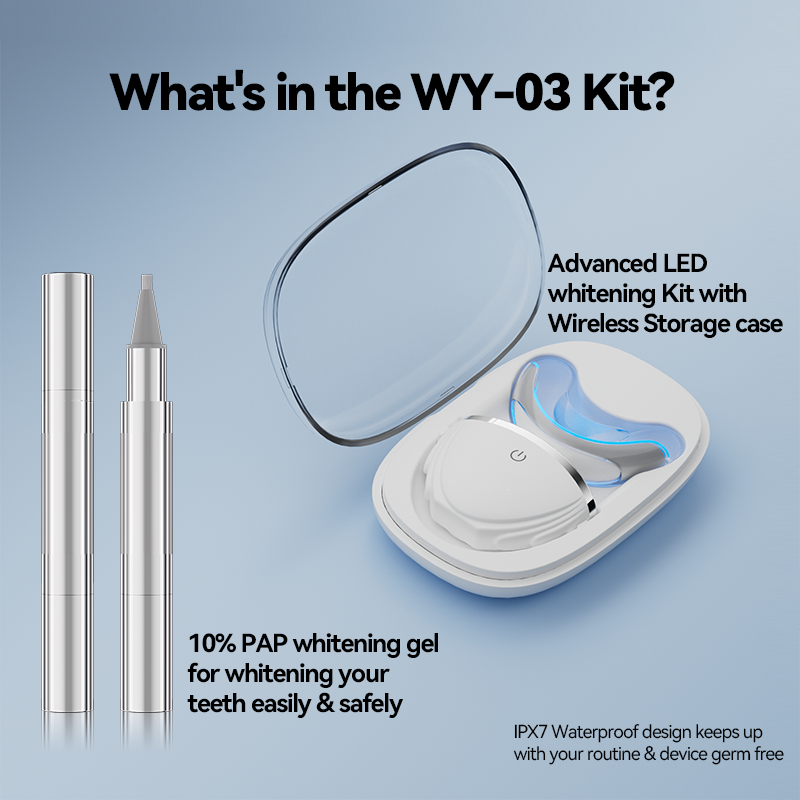
EU vs. US Whitening Gel Regulations for Global Brands
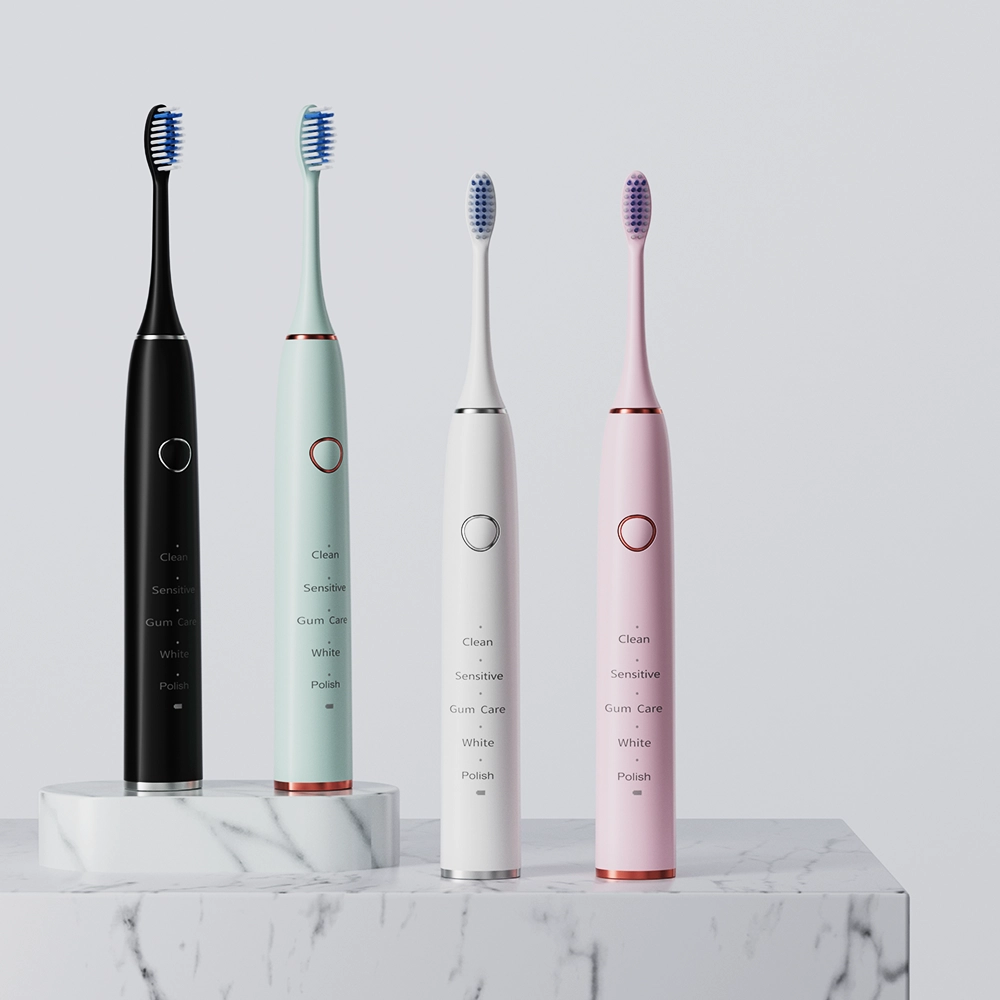
Factors Affecting the Durability of Electric Toothbrushes
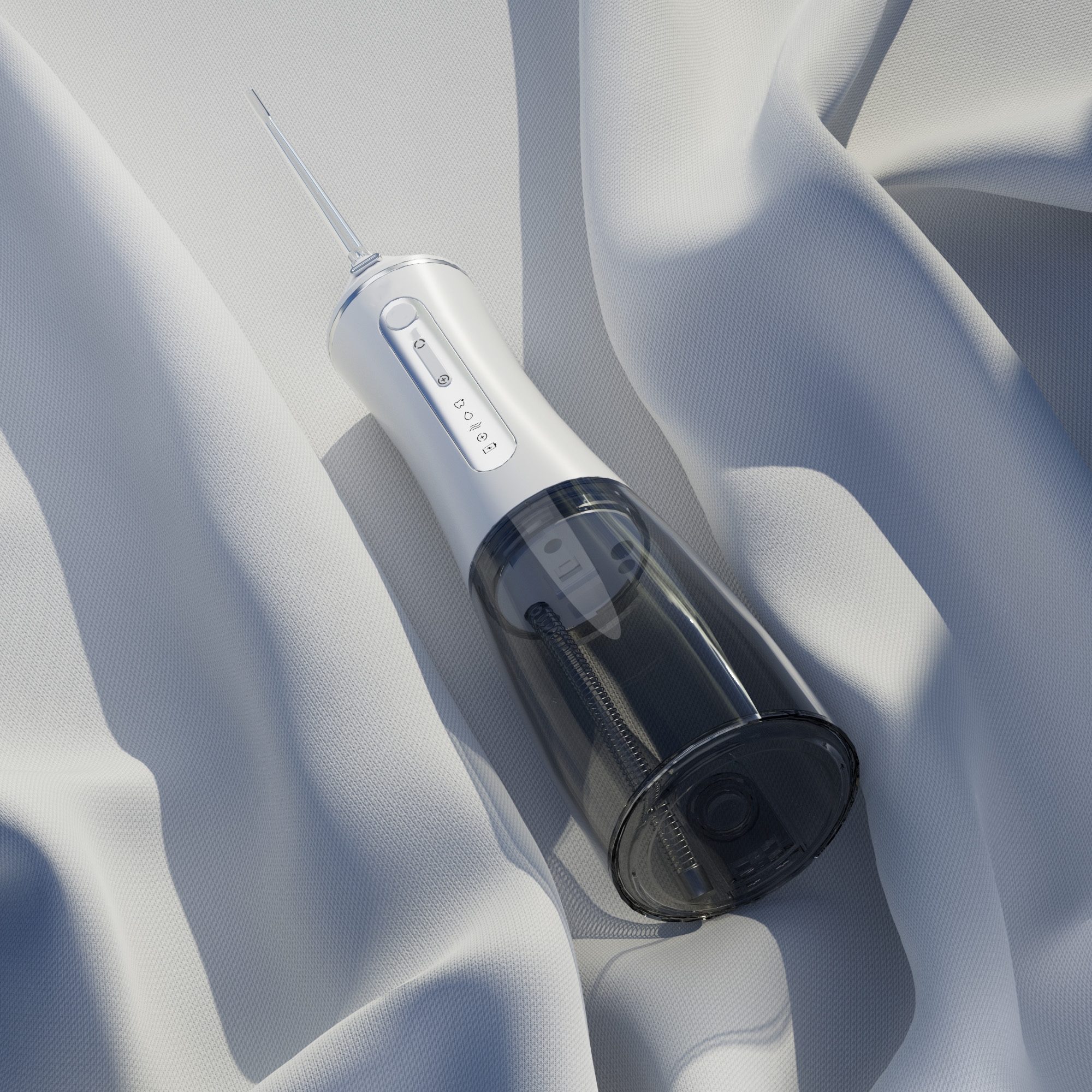
Travel Water Flosser Design: Power Compatibility, Storage & Waterproofing

The Workmanship of Electric Toothbrushes
Could Your Toothbrush Be Damaging Gums?

Ways Having Whiter Teeth Can Help Boost Your Confidence

Scientific Oral Care: An All-Inclusive Guide to Preventing Oral Diseases
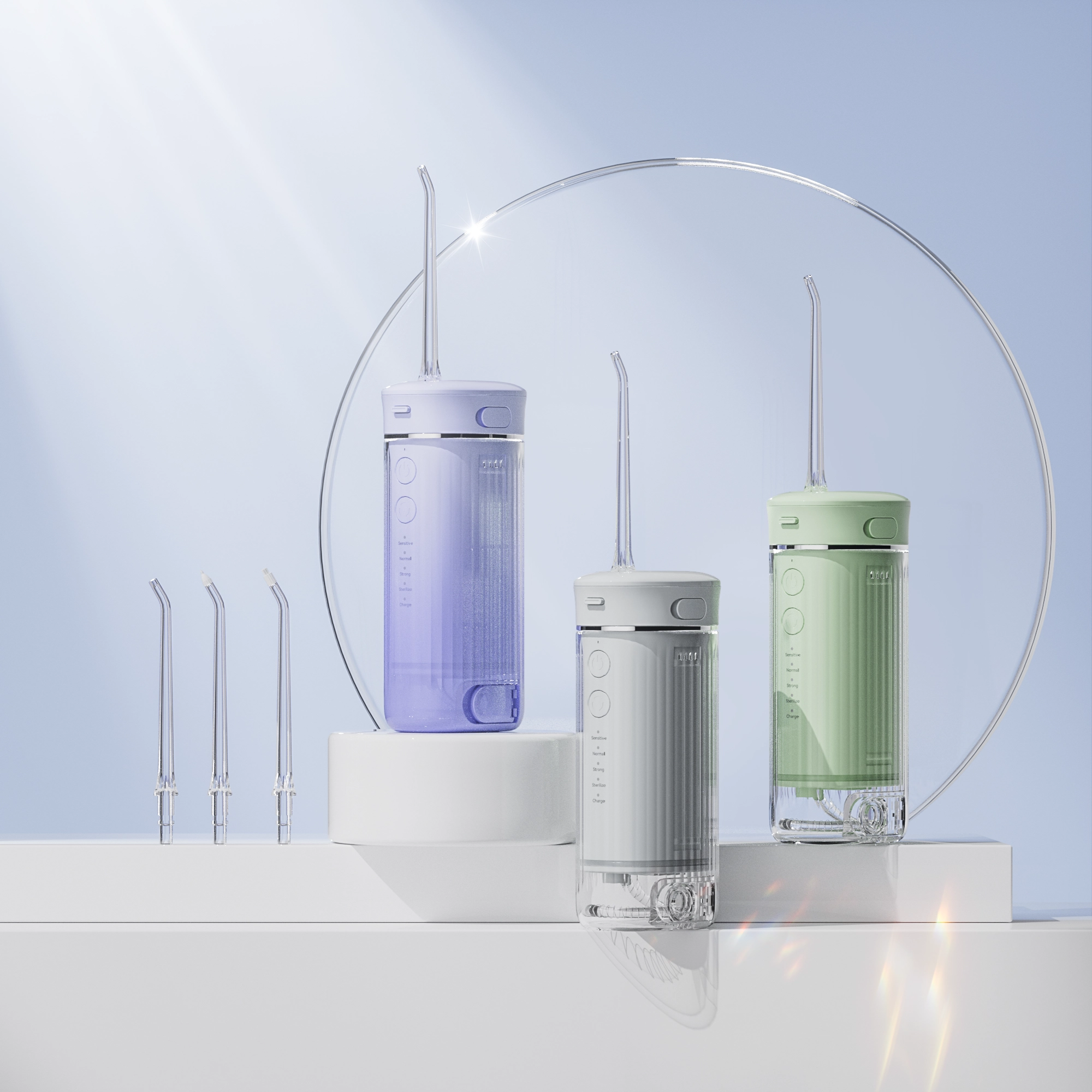
From production to quality control: the whole process of creating a high-quality water flosser
Is Your Kids’ Electric Toothbrush Too Loud?
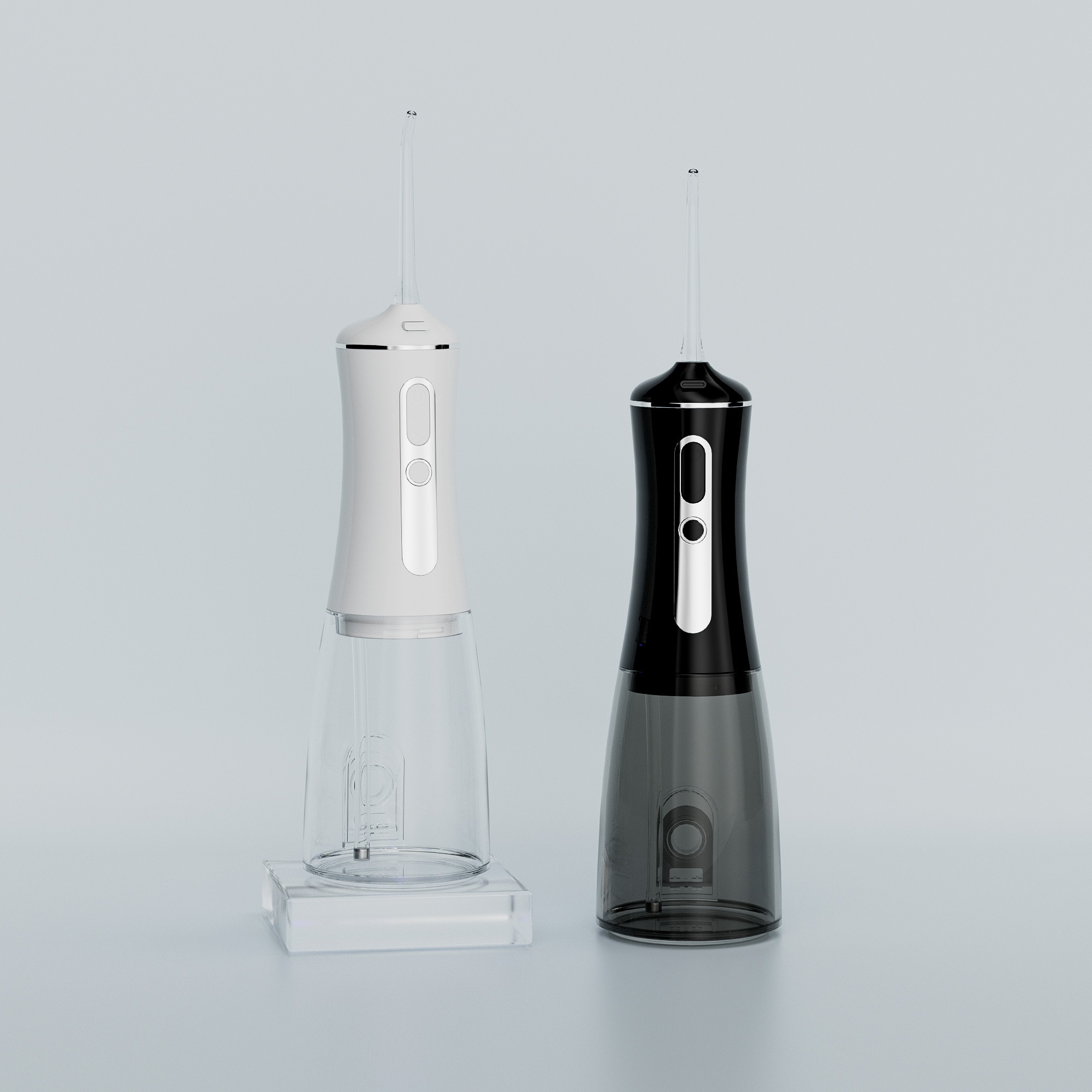
Modern technology in oral care: innovative products and services
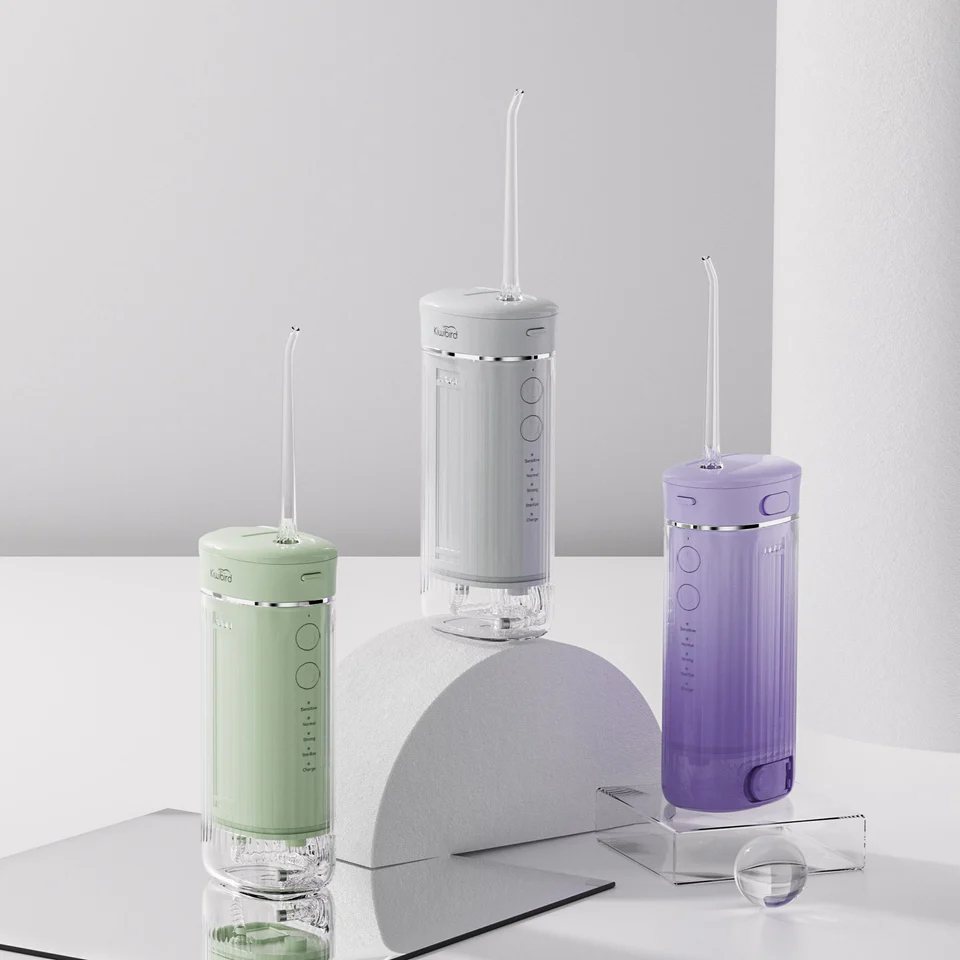
Tips for Preventing Mold in Water Flosser Tanks
Is Battery Swelling Causing Pressure Loss?
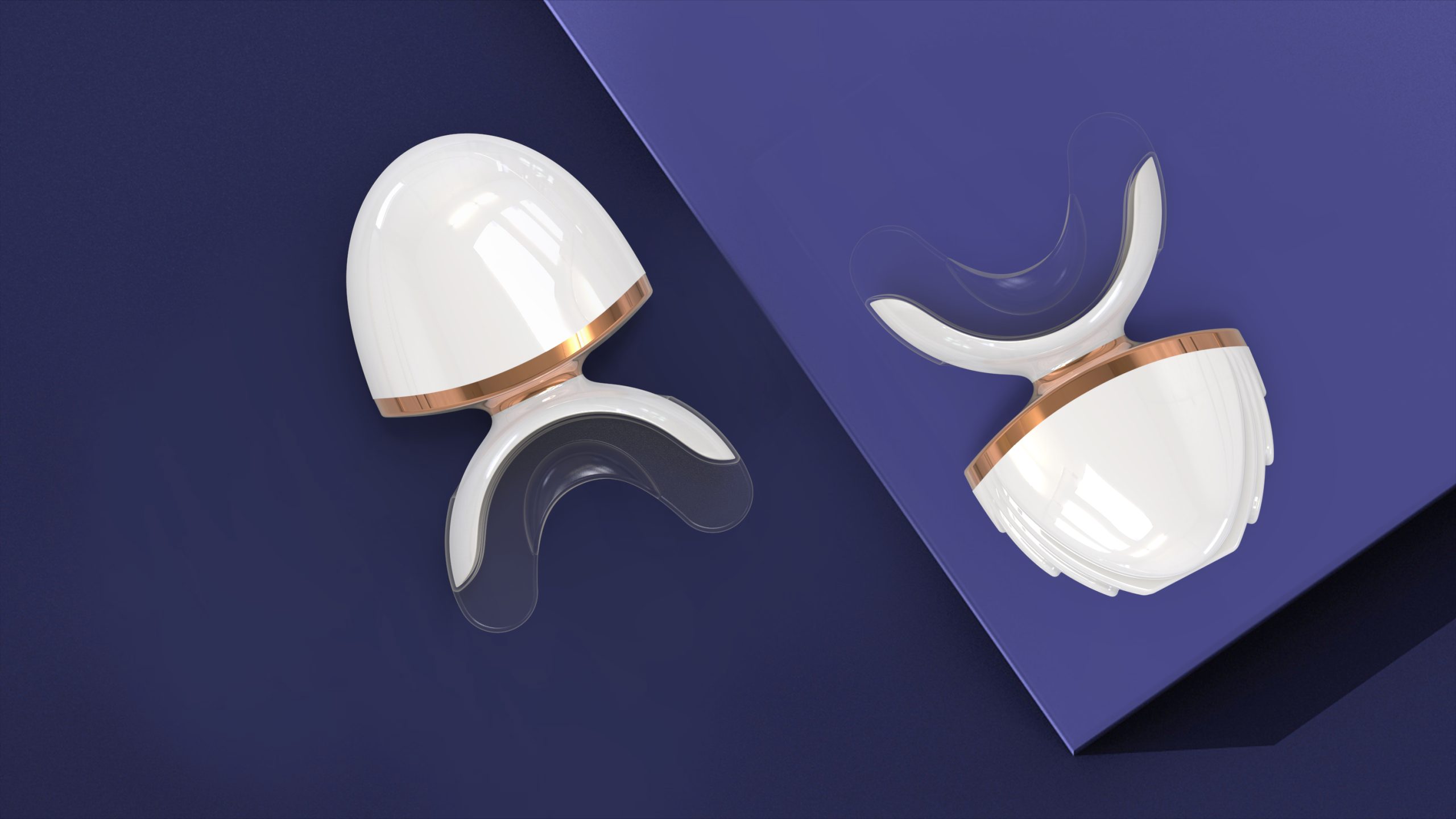
Is Blue Light Under 480nm Safe for Teeth Whitening Devices?
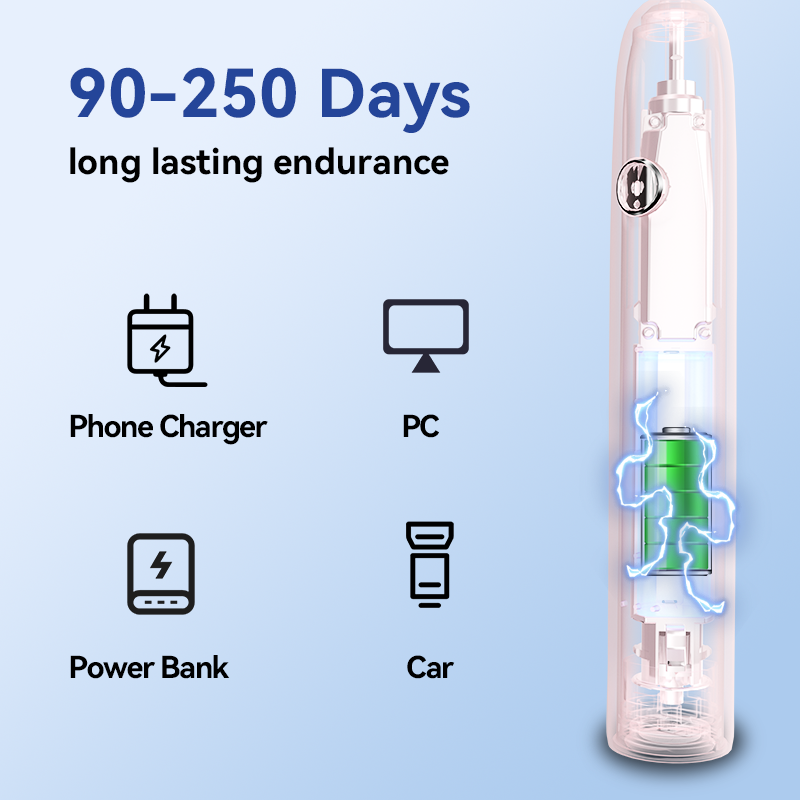
Herbal toothbrush India or Natural bristle toothbrush — which is safer for electric brush programs?
How Dangerous Are Jet Instability and Power Surges?

electric toothbrush heads Ultra Soft

electric toothbrush heads Regular Clean

Electric toothbrush heads Charcoal Infused-Diamond

Customization Teeth Whitening Gel
.jpg)
Florida Electric Toothbrush – Powsmart PTR-C8

Private Label Whitening Gel

electric toothbrush heads Deep Clean

electric toothbrush heads Charcoal Infuse-Round
whstapp
whstapp
National Toll-Free Service Hotline
+86 755 86238638